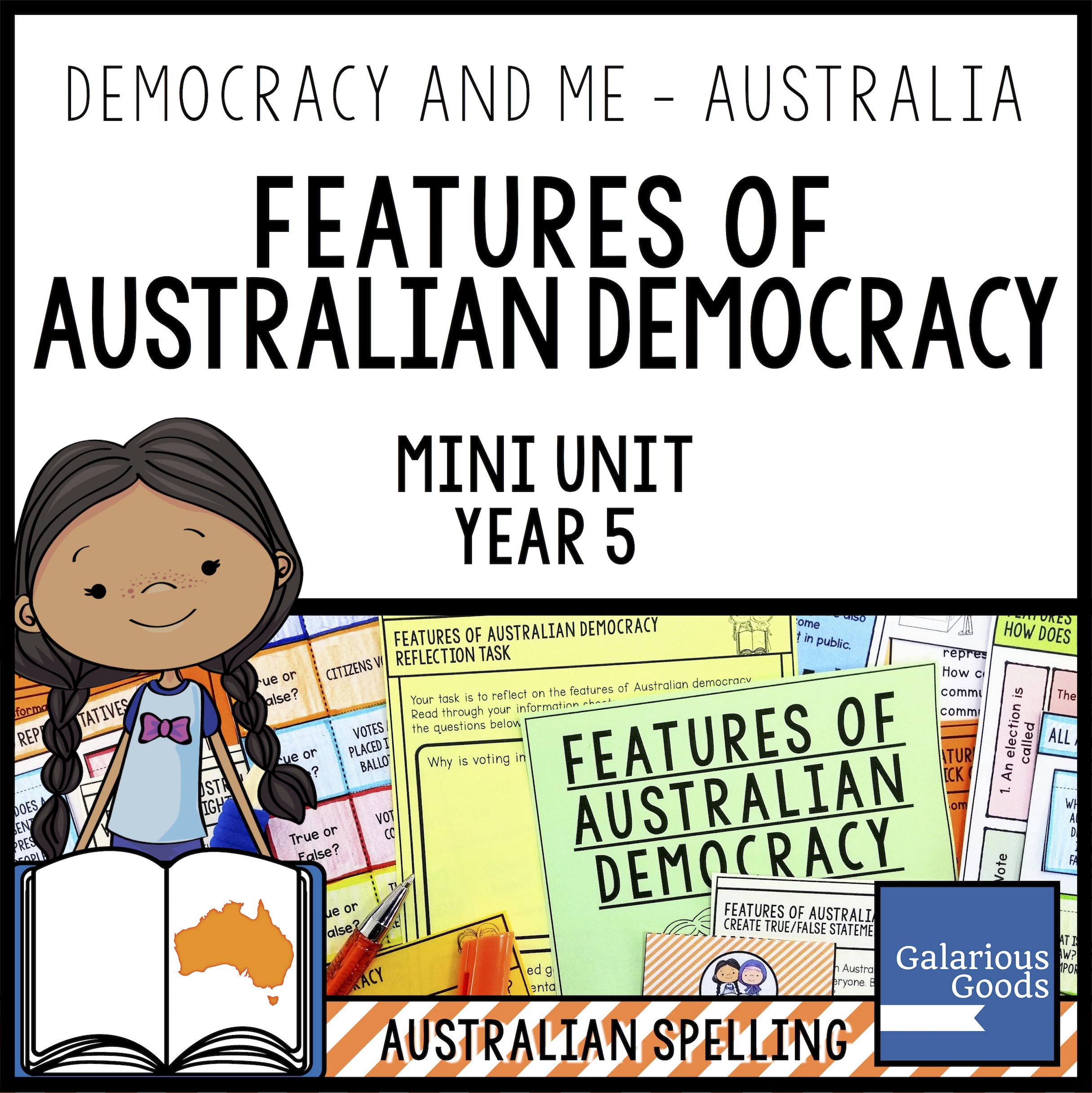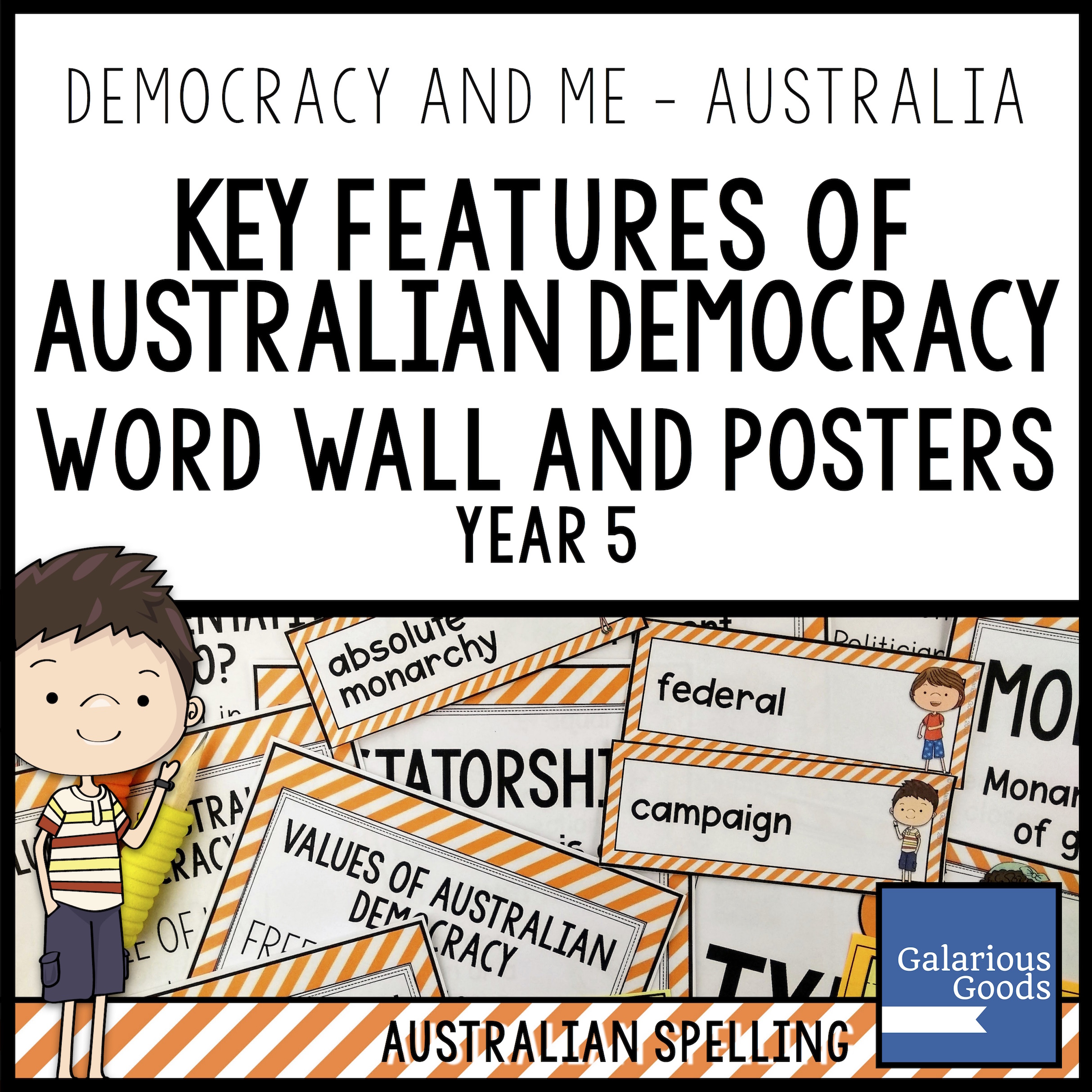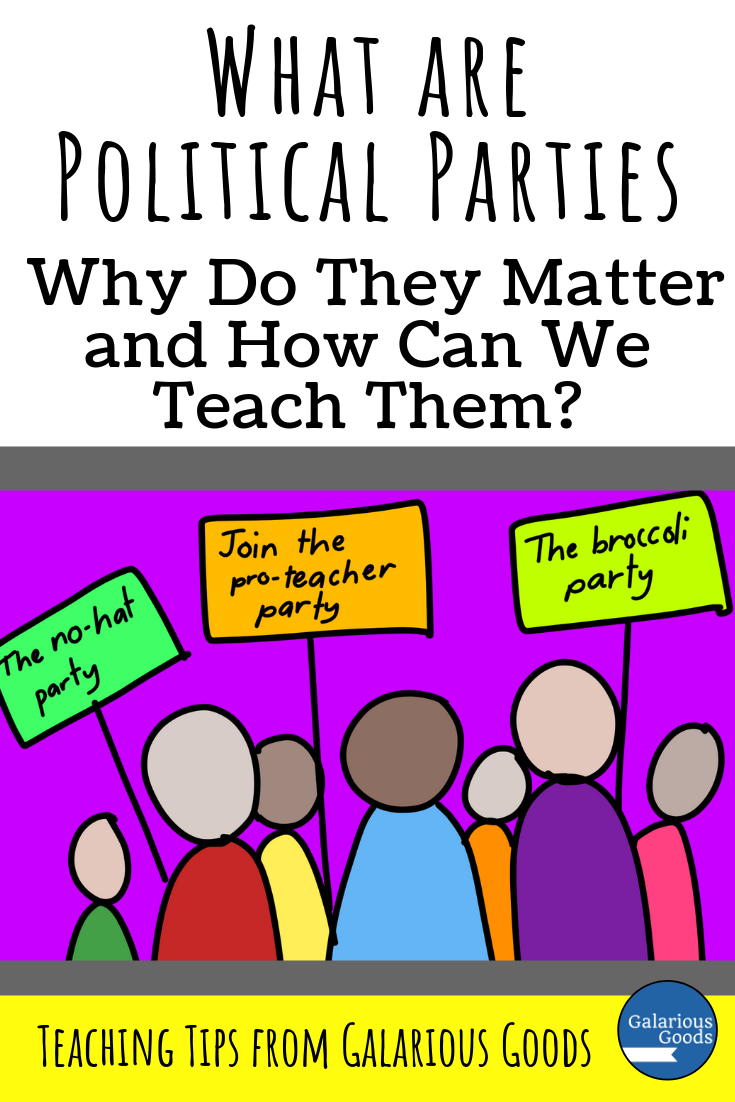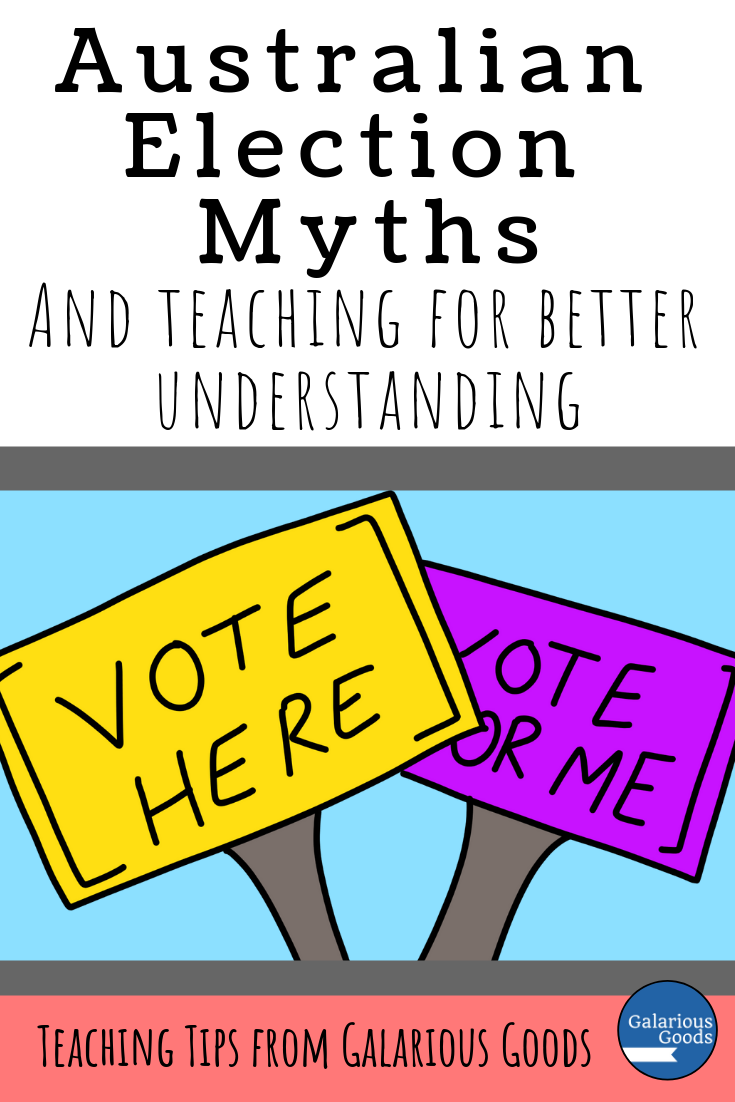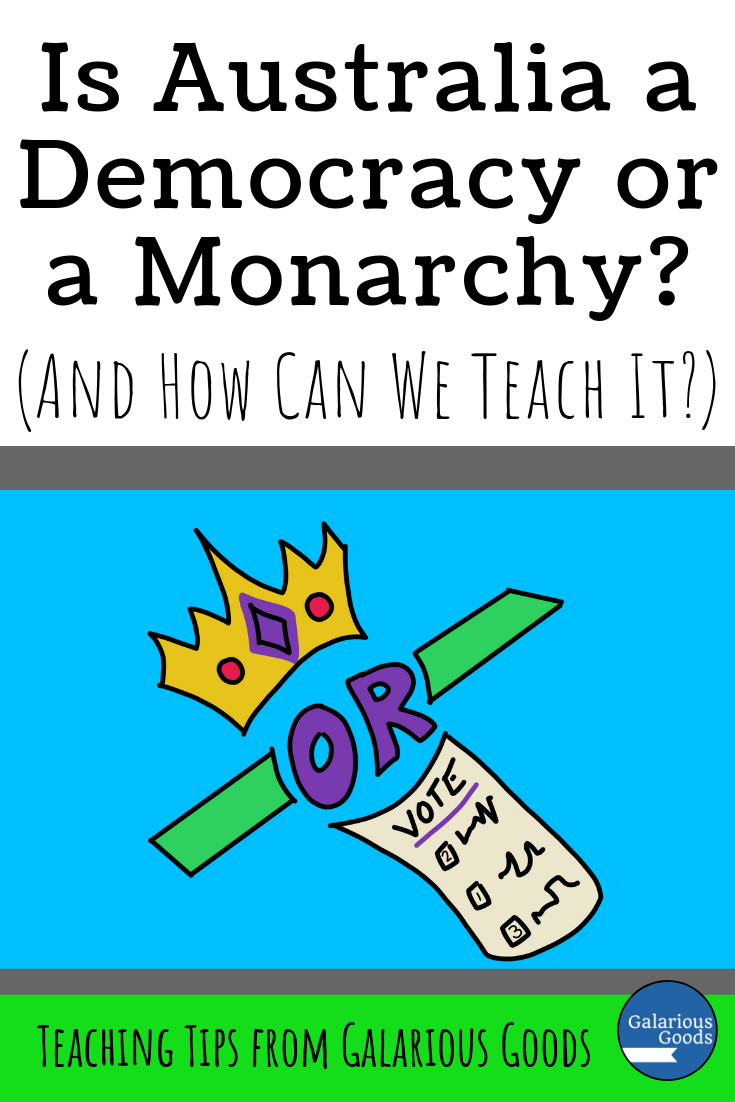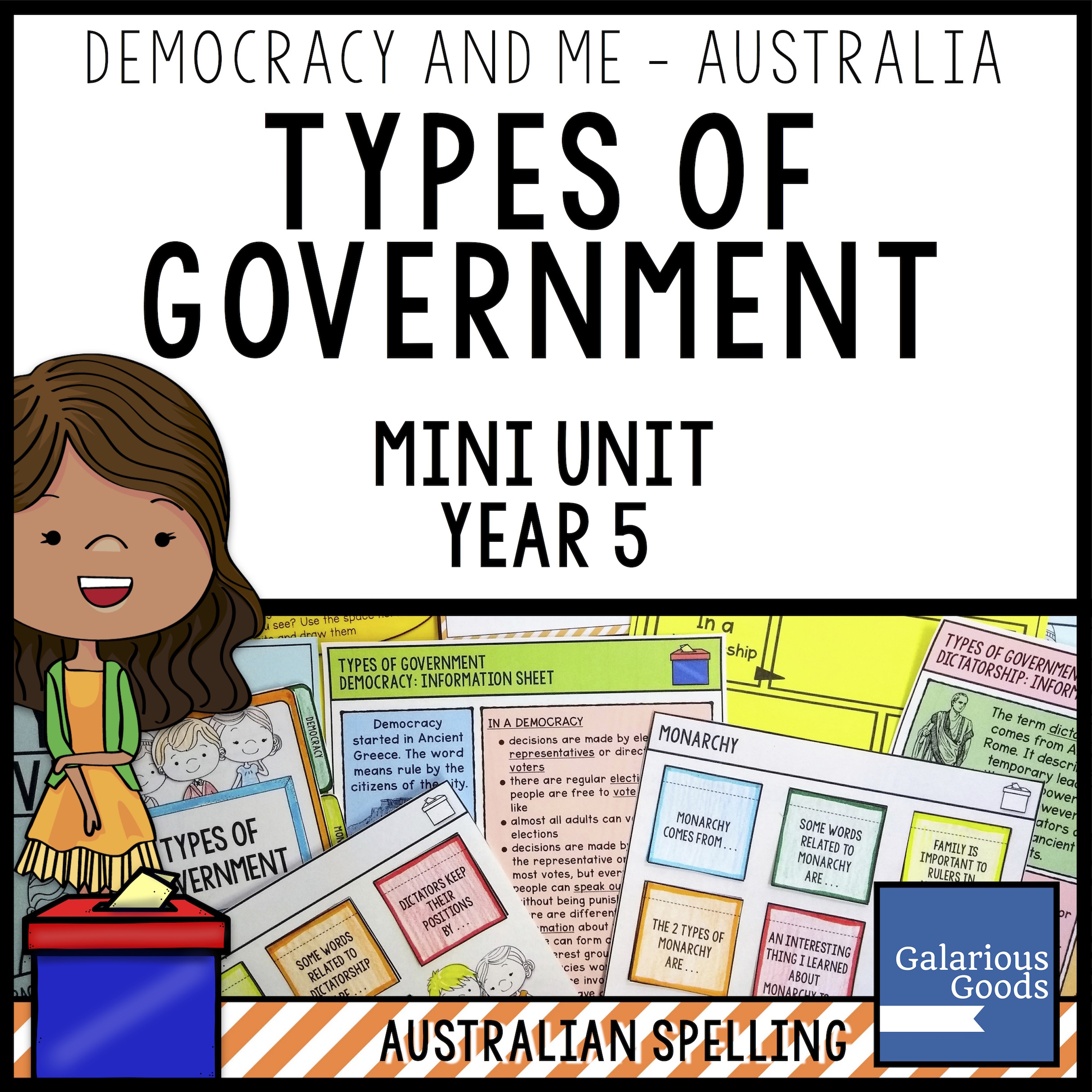Different Types of Government (And How We Can Teach Them)
/As our students learn more about government, it is vital that they understand the different types of government. This isn’t always easy or straight forward, though. To make it a little easier, here’s some of the main types of governments - and some ways to approach them in the classroom.
Types of Government
There are a number of different types of government which we can explore in the classroom. These include
Democracy
Democracy has been formally used as a type of government since Ancient Athens. The general premise of democracy is that the ‘people’ (usually restricted to people with citizenship who are over a certain age) get to decide on the rules and laws of the land - or they get to choose who makes the rules and laws of the land.
Democratic principles mean that everyone is seen as equal and everyone is required to follow the laws - however, in practice there have been times when those in power have treated others poorly (and restricted their ability to make decisions) to maintain power.
When we talk democracy in the classroom, we usually talk about voting - either voting for representatives or representatives voting for the laws we have to follow.
Dictatorship
In a dictatorship one person, or a small group of people, control the population and the rules and laws of the land. This is usually done by force, especially with the backing of the military.
Feudalism/Monarchy
A monarchy is a system of government headed by a single person - a monarch - who is usually part of a ruling family. Monarchs might have power to make laws or might be the figurehead of an elected government, but their right to be the head of the government is usually accepted by most of the citizens and they don’t need to use force or restrict the freedoms of the citizens.
In feudalism, there was a system of hierarchy - the person at the top had the most power, a small group of people below them had less power, the bigger group of people below then had less power again - down to the peasants with the smallest amount of power.
Communism
The ideal of communism is equality for everyone - a system which should especially benefit workers who have historically done the work while others have received the rewards.
However, in reality, it is very hard to maintain complete equality and communist leaders have often maintained power - and ‘equality’ - using the same forceful tactics as dictatorships.
Empires
During the 18th and 19th Centuries, many European countries went out of their way to ‘collect’ nations around the world - creating large empires. They might settle their own people in the countries, promote local people to act as leaders or just rule the country from afar, but they always held ultimate control over the countries - even from the other side of the world. Many times the European countries wanted resources from the countries they ‘collected’.
Why is it important to learn about types of government?
As we learn more history, we begin to understand how important it is to understand different kinds of governments. We can get a better understanding of World War Two when we understand dictatorships. We get a better understanding of the American Revolution and the partition of India and Pakistan when we understand Empires. We understand the suffragette movement better when we understand democracy.
Political history and political background is not always the most interesting part of history and it can be hard to teach. Learning the basics of the types of governments can allow for deeper teaching and make the information more accessible to students.
Understanding types of governments also allows students to understand how decisions are made. As future adults, understanding government allows our students to be better involved in them. Students can approach that part of adulthood with more confidence and will be better informed against misinformation campaigns.
Understanding different types of governments also allows us to move towards better types of governments. It helps us to understand why gerrymandering can lead to uneven representations or to understand why some people have difficulties with the ideas of quotas. For our students, it helps them get an understanding of what fair and unfair might look like when it comes to political systems and helps them to campaign for better representation as they get older.
How can we teach different types of government?
One of the best ways to teach different types of government is to find the stories that go with them. Students may not remember dry definitions of Ancient Democracy, but they might remember the story of the painted rope being carried through the Athenian Agora to mark the clothing of Athenian men who weren’t quick enough to participate in votes. Stories of life under dictatorships are common and are very helpful in giving students an understanding of that life. Stories of different monarchs through history - and their powers (or the lack of them) can also demonstrate monarchy.
The different types of governments have a direct impact on the people who live in them. That makes the stories more relevant and more powerful to our students.
Another way to teach different types of governments is by going visual. Creating diagrams or 3D representations of the different types of governments requires students to take a deeper look at them and to show a clear understanding of the different kinds of governments.
As a teacher, using diagrams to teach can also be useful. Students can record them in their book next to their writing, observe video versions of diagrams or use markers or figures to move around diagrams to get a better understanding of the types of government.
Finally, students can get a better understanding of the types of government through analogies. Using things which are an everyday part of the lives of students can make the abstract ideas much more real. Students can create ‘what if’ scenarios for classrooms or schools or the playground, experiment with what might happen if different types of governments ruled the classroom or apply different types of government to their favourite books or television shows.





